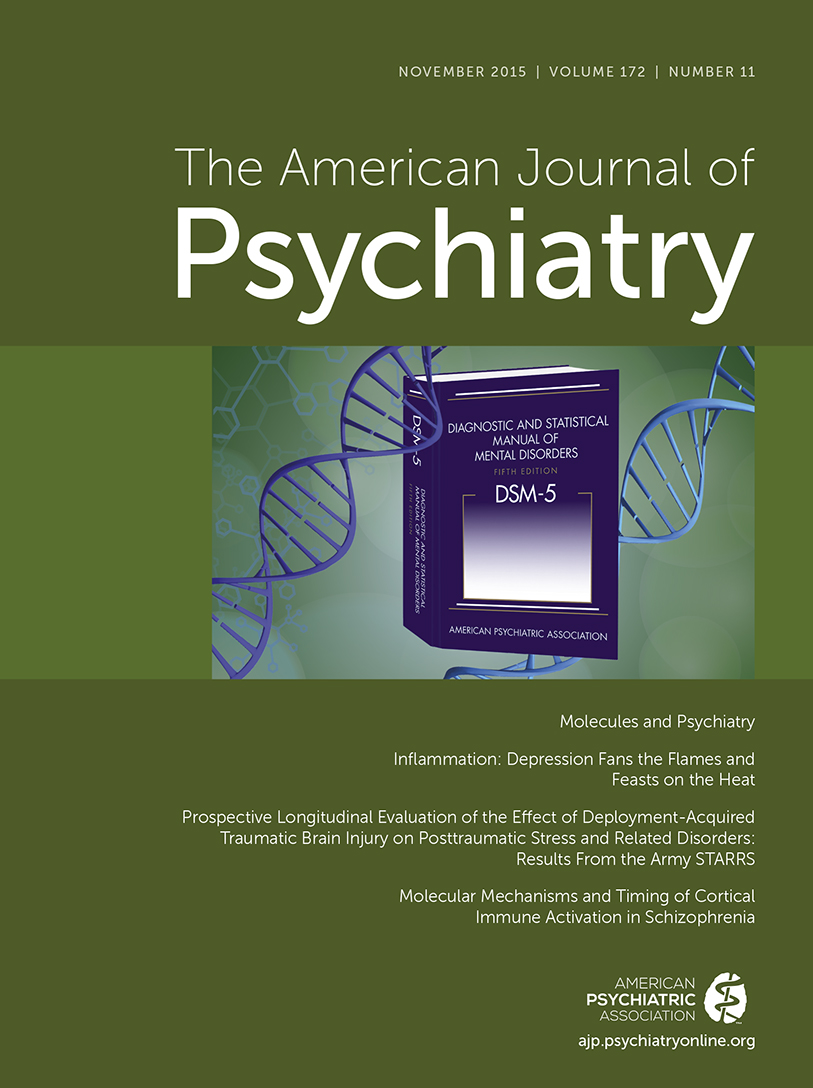Handbook on Obsessive-Compulsive and Related Disorders
The recent switch from DSM-IV to DSM-5 led to considerable changes in the classification and characterization of obsessive-compulsive disorder (OCD) and various phenotypes that fall within the obsessive-compulsive spectrum, now collectively termed obsessive-compulsive and related disorders (OCRDs). The Handbook on Obsessive-Compulsive and Related Disorders concisely and systematically covers the assessment, phenomenology, etiology, and treatment of each OCRD, including OCD, body dysmorphic disorder, and trichotillomania (hair-pulling disorder), as well as hoarding disorder and excoriation (skin-picking) disorder, which are new to DSM-5. Surprisingly, “related disorders” encompassed longer and more detailed portions of the text than OCD per se. Still, this book complements the new DSM design in illustrating the relationship between OCRDs that were previously dispersed throughout, or excluded from, the DSM. Chapter order in DSM-5 now also reflects disorder relatedness; thus, although OCD was removed from Anxiety Disorders, the chapter on OCRDs lies immediately adjacent to Anxiety Disorders, reflecting the similarities between these two classes of disorders.
This handbook provides an intriguing glimpse into the research, literature reviews, and careful deliberations that brought about the DSM-5 OCRD chapter. Many of the authors played integral roles in the DSM-5 development process and were well suited to contribute insight into its evolution. Each chapter examines the clinical importance of large and subtle changes made to the DSM for this category of disorders. For example, the addition of an insight specifier for OCD, body dysmorphic disorder, and hoarding disorder has notable clinical implications—patients with “absent insight/delusional beliefs” should follow treatment for the appropriate OCRD, rather than for psychotic disorders. Whereas both strengths and weaknesses of the new chapter are mentioned, suggestions for improvement of the DSM development process (beyond additional research) are sparse. For instance, given that the contributors to the OCRD chapter are primarily American, there is a lack of diversity in perspectives fueling the development of OCRD concepts. The authors do not address how novel, unorthodox ideas can be incorporated into the discussion to prevent the DSM process from becoming self-perpetuating.
Additional book chapters are included on disorders that were considered for inclusion in the DSM-5 OCRD chapter but were ultimately classified elsewhere: tic disorder, illness anxiety disorder, and obsessive-compulsive personality disorder. Although these phenotypes were not classified under the OCRD heading, their significant overlap with OCRDs continues to merit consideration. Inclusion of these disorders in the handbook perhaps emphasizes the transient and inconclusive nature of DSM-5.
This guide to OCRDs is primarily aimed toward clinicians. In particular, treatment sections are heavily emphasized and geared toward those with an understanding of available psychotropic medications. The consistent structure followed by each chapter allows the information to be easily navigated and absorbed. Each chapter also includes summary tables and key points for quick reference, making this manual a valuable clinical tool.
Unfortunately, the etiological descriptions of these phenotypes are brief and limited in scope. Sections on etiology consist of basic introductions to the relevant pathophysiology for those unfamiliar with the disorder. Those hoping to garner an understanding of the neurobiological and genetic underpinnings that are shared among OCRDs will be disappointed. As a result, experts may find the contents to be overly familiar. By failing to discuss common etiologies that link OCRDs, one might be left questioning the true relatedness of these disorders.
Nevertheless, both researchers and clinicians must develop a comprehensive and uniform understanding of OCRDs, if research is intended to guide clinical practice. The differential diagnoses provided in each chapter carefully tease apart disorders with overlapping symptoms, thus supporting accurate research and correct diagnoses. For instance, the authors disentangle compulsions in OCD from stereotypic behaviors in stereotypic movement disorder, and hair pulling in trichotillomania from hair pulling in body dysmorphic disorder. A better handle on the OCRD phenotypes is critical to an understanding of their distinct pathophysiologies.
The disorders discussed in this book are commonly overlooked or poorly understood in practice in part because obsessive-compulsive symptoms can evoke excessive feelings of shame and are often concealed during assessment. Accordingly, each chapter includes screening tools and summaries of DSM-5 diagnostic criteria to facilitate the identification of these disorders. The authors offer a thorough discussion of comorbidities associated with each disorder, thus prompting clinicians to screen for OCRDs when patients present with common comorbid disorders, such as mood and anxiety disorders. Further encouraging the recognition of OCRDs in the clinic and in society, the authors convey a strong sense for the significant impairment associated with each disorder, as well as the need for treatment to be implemented effectively. The authors create a sense of compassion for OCRD patients by incorporating the patient’s perspective into the discussion and including illustrative case examples.
This book does not critically assess the new OCRD classification but instead disseminates and expands upon the contents of the DSM-5 OCRD chapter. It is only by increasing awareness and understanding of OCRDs that we can begin to enhance the quality of life of patients with these conditions. By offering a clear summary of what is known, this book takes the first step in that direction.




